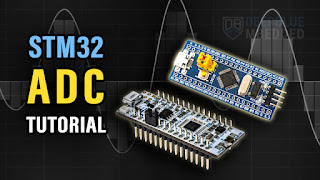How do you store and retrieve data from EEPROM on Arduino?
To store and retrieve data from EEPROM on Arduino, you can use the built-in EEPROM library. This allows you to store data that persists even after power is lost.
1. Include the EEPROM Library
2. Writing Data to EEPROM
a. Write a Byte
b. Write Any Data Type Using EEPROM.put()
3. Reading Data from EEPROM
a. Read a Byte
b. Read Any Data Type Using EEPROM.get()
EEPROM Characteristics
-
Limited write cycles (~100,000 per cell)
-
Non-volatile (keeps data after reset/power off)
-
Use
EEPROM.update()instead ofwrite()to avoid unnecessary writes.
Example: Store and Retrieve an Integer




评论
发表评论